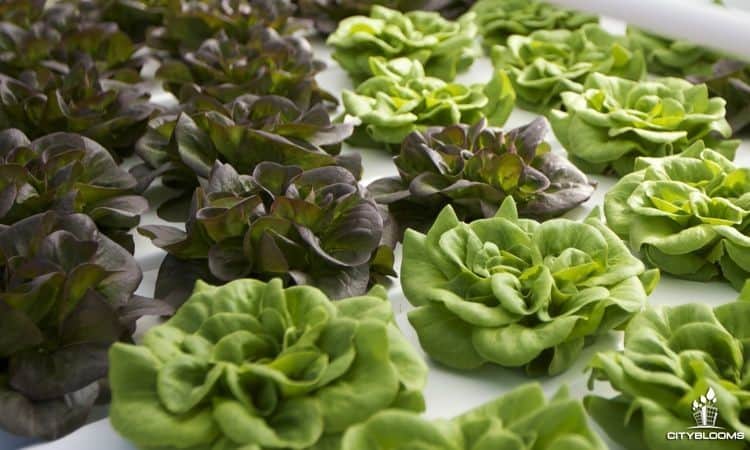By combining hydroponic green house growing methods with Internet controlled computing technology, the Santa Cruz, CA based company Cityblooms is poised to transform the urban agriculture scene while reducing food miles to food yards.
Food Tank recently had the pleasure of speaking with Nick Halmos, CEO and Farmer-in-Chief at Cityblooms.
Food Tank (FT): Can you please describe Cityblooms to our readers?
Nick Halmos (NH): The inspiration for Cityblooms came out of a desire to provide sustainably-grown food to a rapidly expanding population. With global population set to exceed 9 billion by 2050, new technologies need to be developed that improve our food system in ways that increase resource efficiency. We believe that the path towards improvement includes enabling the production of highly-perishable crops closer to population centers. This will reduce food miles and food waste, while saving valuable water resources.
FT: What types of greens and other foods does Cityblooms grow?
NH: Cityblooms has developed a modular “micro-farming” system that transforms underutilized spaces into highly productive agricultural hubs. It is a marriage between proven growing techniques and Internet-of-Things (IoT) technology. Our goal is to achieve commercial greenhouse quality and precision, in a form factor that is flexible and lightweight enough to be rapidly deployed into the nooks, crannies, and rooftops of the urban landscape. Our mission is to empower a new generation of urban farmers with the tools and techniques necessary to create viable businesses. Currently, we are focusing on developing a standardized package for institutional clients that wish to use on-site/hyper-local farming to benefit their constituents. In the future, we intend to offer turn-key urban farming businesses to franchisees.
We build two models of modular cultivation units, with plans to expand the line. Our first model is designed to grow a large selection of leafy greens (lettuces, culinary herbs, micro greens, brassicas, chard, etc.), as well as smaller fruiting crops like strawberries and peppers. We also build a module that is configured to grow vine crops.
FT: Is the food grown in a Cityblooms modular microfarm more nutritious than food grown conventionally?
NH: Immediately after harvest, our produce is equally nutritious as conventionally-grown produce. However, scientific studies have shown that beneficial nutrients will dissipate from produce over time after harvest, even under cold storage. Since our style of farming is designed to drastically reduce the distance from farm to fork, by the time produce actually reaches consumers it will be common for our produce to contain higher levels of beneficial nutrients due to heightened freshness.
FT: How did the partnership between Cityblooms and Plantronics come to be?
NH: In 2014, Cityblooms began searching in our local Santa Cruz community for a location to conduct larger-scale testing of our technology. After Plantronics (a global leader in audio communications solutions) CEO Ken Kannappan visited our R&D facility, the decision was made to install a pilot project at the Plantronics global headquarters in Santa Cruz. The benefits to Plantronics include a steady supply of ultra-fresh, nutritious, and sustainably-grown produce for the company café. This contributes to employee wellness and the company’s global citizenship program.
FT: Is Cityblooms supplying all the greens eaten these days at Plantronics?
NH: The Plantronics micro-farm supplies the majority of greens served in the café. We grow a range of leafy greens for the salad stations and juice bar, as well as a selection of culinary herbs, such as basil, cilantro, and parsley. We are also growing a variety of other crops, such as bok choy, tomatoes, kale, and chard. In all, we have grown more than 13 different crops during our first four months of operation, and we are constantly trying new cultivars.
FT: How does my workplace get a Cityblooms installed? Can I get a Cityblooms setup for my apartment?
NH: We are currently accepting orders for micro-farms from institutional clients such as office complexes, hotels, hospitals, and schools. In the near future, we will be offering smaller systems for residential installation. Because of the flexible nature of the modular equipment, we can install micro-farms in a wide variety of locations: rooftops, balconies, parks, parking structures, and simple empty lots.










